New to wines of Savoie? Then keep on reading. This guide will present you with the region’s main grape varieties, outline the flavor profiles of the wines and introduce you to its three appellations. Its aim is to help you lift the veil on the enigmatic Savoie wines.
Savoie “Sav-wah” Wine Guide
Wines from Savoie have long been simply ski chalet wines but, today, the situation is changing. Thanks to the modernization of winemaking techniques and the enthusiasm of local vintners, the wines offer compelling flavor profiles and great aging potential. These are food-friendly, unusual wines for those of us who are bold enough to, occasionally, venture off-piste.
“If you like white wines, this region is for you”
Where is Savoie exactly?

From a formally administrative standpoint Savoie [sav-wa], also spelled Savoy, is a French department in the Auvergne-Rhône-Alpes region in eastern France. As a wine region though, Savoie consists of many isolated sub-regions and plots of vineyards scattered across four French departments: Savoie, Haute-Savoie, Isère, Ain. Savoie neighbors Switzerland (to the East), the Jura region (to the North) and the little-known Bugey region, which is west across the Rhône river. All told, the region is under 5,000 acres (2000 ha) accounting for a mere 0.5% of French wines. If you like white wines, this region is for you, as 70% of the wine produced in Savoie is white.
Savoie climate and viticulture
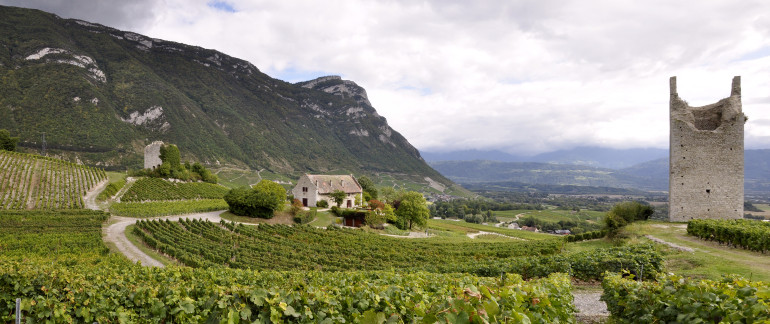
The most dense vineyard areas in Savoie is found southeast of Chambéry. This photo is a panorama taken from the sub-appellation of Chignin. by Flou-Net
Despite the alpine location of Savoie, this region is a unique microclimate.
- Continental climate with alpine and Mediterranean influences
- Vines in Savoie are often planted on mountain slopes between 820 ft. and 1804ft
- Despite their elevation, Savoie vineyards enjoy a surprisingly warm microclimate due to the southern/southeastern sun exposure and the moderating effects of nearby rivers and lakes. Apricot, fig, olive and almond trees can share the growing space with vineyards in Savoie.
Savoie Wine Grapes
There are 23 grape varieties planted in Savoie and of these 23, there are 5 white and 2 red grape varieties that stand out for their exceptional quality and affinity to the rugged land.
Main white grape varieties
- Jacquère [jah-kehr]
 This is the region’s most widely planted grape variety. It accounts for 50% of all the plantings. It produces early-drinking, low alcohol, lively dry wines. Flavors range from floral (white flowers) and fruity (pear, white peach, grapefruit) to mineral and flinty.
This is the region’s most widely planted grape variety. It accounts for 50% of all the plantings. It produces early-drinking, low alcohol, lively dry wines. Flavors range from floral (white flowers) and fruity (pear, white peach, grapefruit) to mineral and flinty.
- Altesse [al-tess] (aka Roussette)
 The grape variety produces characterful, age-worthy wines, which achieve a compelling complexity after a few years in the bottle. In its youth, flavors range from fresh almonds and bergamot to pineapple, peach and quince. With age, the wines develop aromas of honey, toast, nuts and white truffle. This grape variety is used in the production of Roussette de Savoie AOC. These wines should be set aside for at least three years to allow their potential develop fully.
The grape variety produces characterful, age-worthy wines, which achieve a compelling complexity after a few years in the bottle. In its youth, flavors range from fresh almonds and bergamot to pineapple, peach and quince. With age, the wines develop aromas of honey, toast, nuts and white truffle. This grape variety is used in the production of Roussette de Savoie AOC. These wines should be set aside for at least three years to allow their potential develop fully.
- Roussanne [roo-sahn]
 A native to the Rhône Valley, it is known in Savoie as Bergeron. It produces opulent, aromatic wines with a firm backbone of acidity. Flavors range from honey, apricot to quince and nuts, grilled almonds, mango and beeswax.
A native to the Rhône Valley, it is known in Savoie as Bergeron. It produces opulent, aromatic wines with a firm backbone of acidity. Flavors range from honey, apricot to quince and nuts, grilled almonds, mango and beeswax.- Chasselas [shas-suh-lah]
 Chasselas produces light-bodied, easy-drinking dry wines. The wines resemble those made with Jacquère, with additional hints of fresh butter, toast and dried fruits. The wines are designed to be drunk young.
Chasselas produces light-bodied, easy-drinking dry wines. The wines resemble those made with Jacquère, with additional hints of fresh butter, toast and dried fruits. The wines are designed to be drunk young.- Gringet [gran-zhay]
 Endemic to Savoie, there are only 54 acres of Gringet plantings in the region (all of them in commune of Ayze). This grape variety produces low-alcohol, quaffable white wines with notes of apple and quince; as well as some elegant and refreshing sparkling wines with subtle notes of white flowers, citrus and jasmine.
Endemic to Savoie, there are only 54 acres of Gringet plantings in the region (all of them in commune of Ayze). This grape variety produces low-alcohol, quaffable white wines with notes of apple and quince; as well as some elegant and refreshing sparkling wines with subtle notes of white flowers, citrus and jasmine.- Other white grape varieties
- Mondeuse Blanche, Chardonnay, Aligoté, Molette, Marsanne, Pinot Gris, Frühroter Veltliner, and Verdesse
Main red grape varieties
- Mondeuse [mohn-deuhz]
 Is a native to Savoie and has been cultivated by the Gallic tribe of Ancient Gaul (the Allobroges) prior to the Roman invasion. Columella, the famous roman writer who wrote about farming and agriculture, referred to mondeuse as “the grape variety that ripens amidst the snow”. Mondeuse strives on scree slopes, marl and limestone soils. Its best expression can be found in the commune of Arbin. Wines made from mondeuse have a deep purple color, a well-structured acidity and well-integrated tannins. Flavors range from red fruits (strawberry, redcurrant, raspberry, sour plum) and flowers (violet) to gamey overtones and spice (white pepper, cinnamon, cloves). Mondeuse wines show great ageing potential (10 years +). When young, they should be drank at least 12 months after bottling.
Is a native to Savoie and has been cultivated by the Gallic tribe of Ancient Gaul (the Allobroges) prior to the Roman invasion. Columella, the famous roman writer who wrote about farming and agriculture, referred to mondeuse as “the grape variety that ripens amidst the snow”. Mondeuse strives on scree slopes, marl and limestone soils. Its best expression can be found in the commune of Arbin. Wines made from mondeuse have a deep purple color, a well-structured acidity and well-integrated tannins. Flavors range from red fruits (strawberry, redcurrant, raspberry, sour plum) and flowers (violet) to gamey overtones and spice (white pepper, cinnamon, cloves). Mondeuse wines show great ageing potential (10 years +). When young, they should be drank at least 12 months after bottling.- Persan [per-sahn]
 Is an endemic grape variety. Difficult to grow, persan is prone to powdery and downy mildew and achieves full physiological ripeness in warm years only. The grape yields wines of deep red color, dense tannins and a firm backbone of acidity. Flavors encompass red fruits, violet, pepper and spice. Although rather austere and harsh in the first years, wines made from persan evolve and mellow with age. They can be kept for 10+ years.
Is an endemic grape variety. Difficult to grow, persan is prone to powdery and downy mildew and achieves full physiological ripeness in warm years only. The grape yields wines of deep red color, dense tannins and a firm backbone of acidity. Flavors encompass red fruits, violet, pepper and spice. Although rather austere and harsh in the first years, wines made from persan evolve and mellow with age. They can be kept for 10+ years.- Other red grape varieties
- Gamay, Pinot Noir, Douce Noire, Cabernet Franc, Cabernet Sauvignon, Merlot, Joubertin, and Poulsard
The Appellations of Savoie
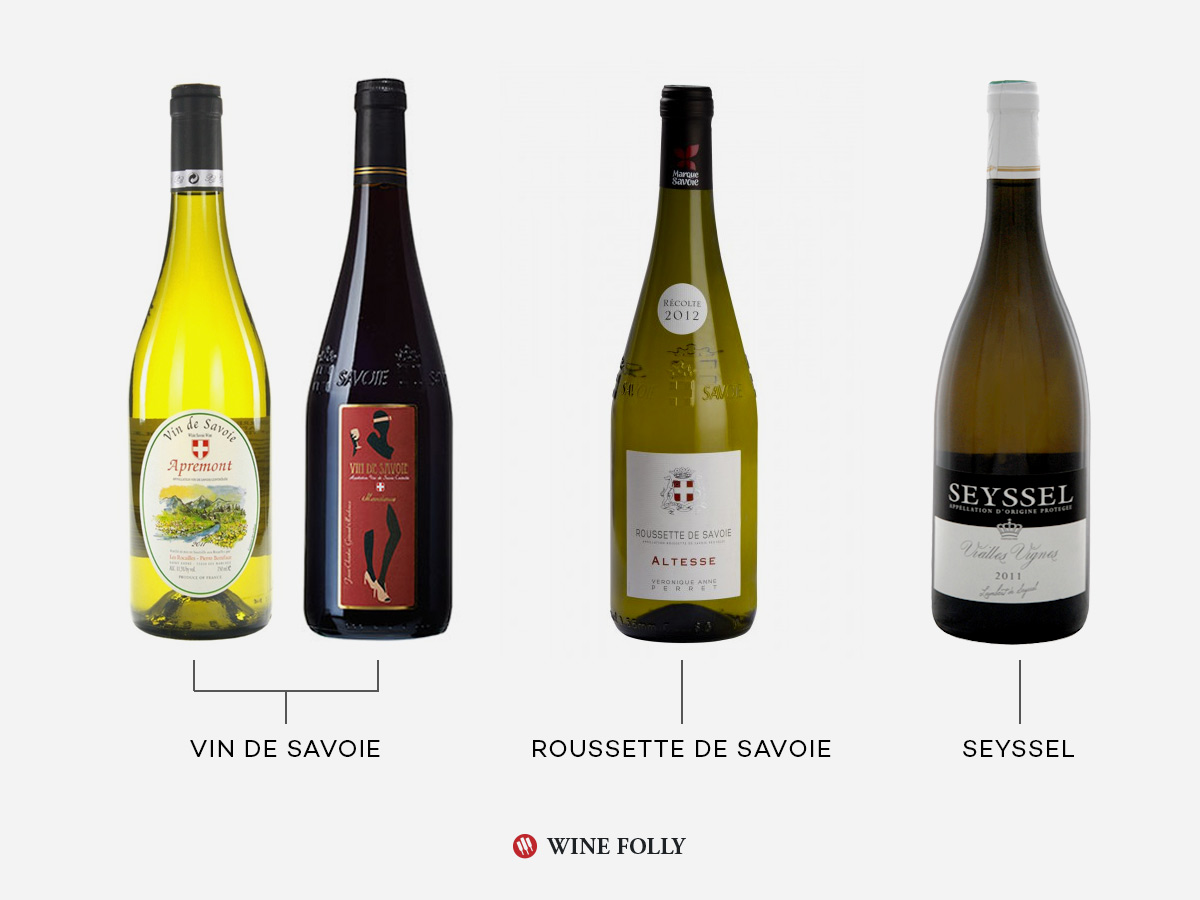
There are just 3 appellations (AOP) in Savoie.
- Vin de Savoie AOP: 16 crus producing white, rosé, red and sparkling wines.
- White Wines: (Les) Abymes, Apremont, Chignin, Chautagne, Cruet, Jongieux, Montmélian, Saint-Jeoire-Prieuré, Crépy, Marin, Marignan, Ripaille, Chignin-Bergeron, Ayze
- Red/Rosé Wines: Arbin, Saint-Jean-de-la-Porte, Chautagne, Chignin, Jongieux
- Roussette de Savoie AOP: White wines made from 100% Altesse grapes. 4 crus total (Frangy, Marestel, Monthoux, Monterminod)
- Seyssel AOP: Dry white and sparkling wines made primarily from the Altesse and Chasselas that come from the communes of Seyssel and Corbonod.
- Crémant de Savoie AOP: (since 2014) Sparkling wines made in the traditional method with at least 60% blended with local grapes (Jacquère and Altesse) and 40% of the final blend being Jacquère.
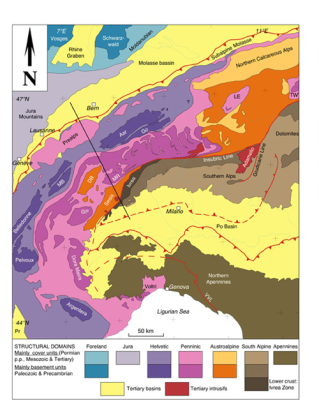
Savoie terroir
So much of the taste of a wine is affected by the types of soil found in the region. Read more about the basics of soil types and how they affect wine
Although the vineyard soils are mostly lime-rich glacial material and scree, there is a great diversity of soil types in Savoie: moraines (glacial deposits), alluvial soils, river terraces (river stone over clay), terraced steep limestone scree slopes, and the molasse basin … Ultimately, Savoie presents an incredible patchwork of soils that came from the epochs that erected the Alps during the Cretaceous and Jurassic periods.
A Lil’ History
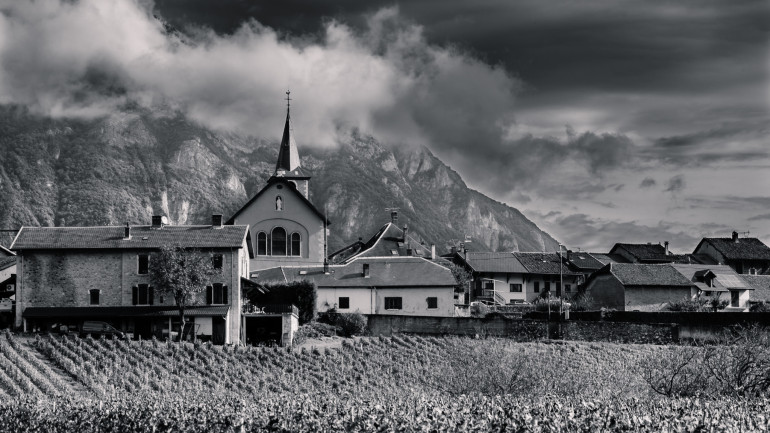
Vineyards by Les Marches by Ghislain Mary
Savoie was inhabited by the Celtic Allobroges (back in the Astérix and Obélix days) which was part of the territory of Gallia Transalpina , the first Roman province north of the Alps. The province included Languedoc and Provence and was established in the late 2nd century BC (between 200 and 100 BC).
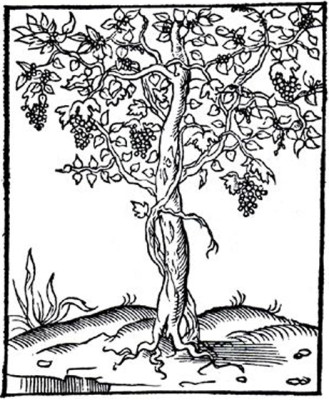
Prior to being controlled by France, Savoie was part of the kingdom of Italy. It was annexed to France following the Treaty of Turin concluded between France and the Kingdom of Sardinia, on March 24, 1860.
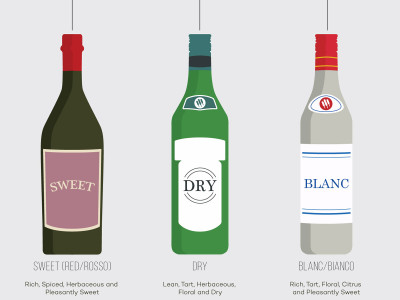
Savoie’s Secret: Vermouth
While the wines of Savoie are little known, the vermouth of the region is quite famous. Find out which vermouth brands hail from Savoie (they’re famous for using white wine grapes)
Exploring the Styles of Vermouth